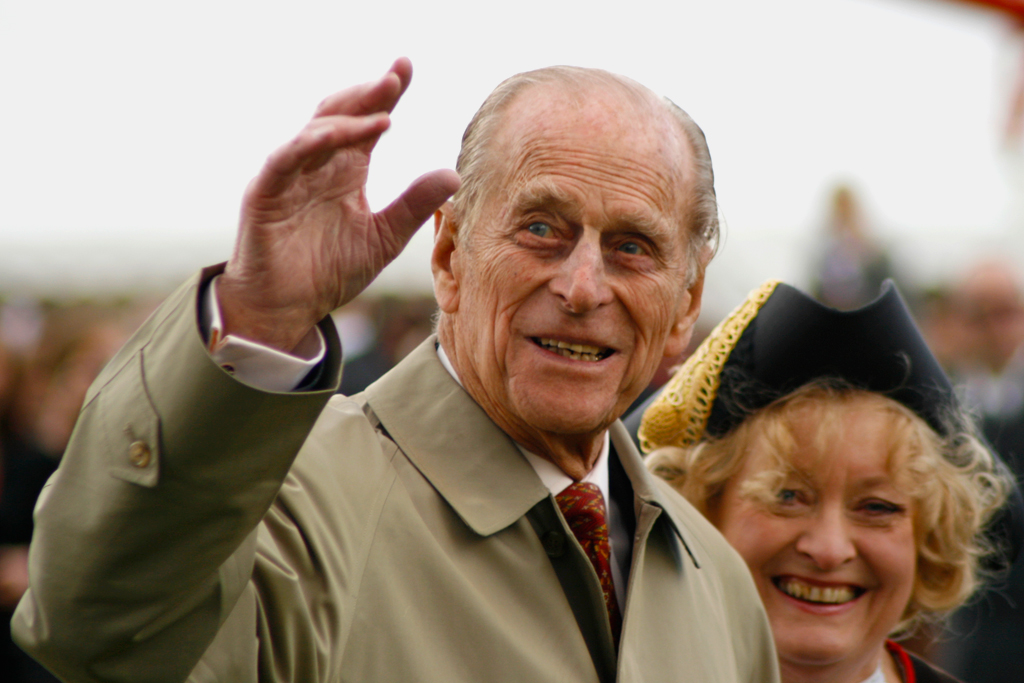
For more than a century, it’s been a convention that the Last Will and Testaments made by senior members of The Royal Family would remain sealed. This means unlike every other citizen, royal wills are not be made public. The has been the case since the early 20th century when His Serene Highness Prince Francis of Teck, the brother of King George V’s wife, Queen Mary, sealed his will.
In more recent history, it was announced the will of Prince Philip, Duke of Edinburgh will be sealed for at least 90 years.
The President of the Family Division, Sir Andrew McFarlane, is the most senior family court judge in England and Wales. He has confirmed that he is the custodian of a safe in which there are more than 30 sealed envelopes containing the wills of deceased members of the royal family. The earliest in his possession is Prince Francis of Teck.
Sir Andrew explained that sealing applications have always been heard in private and are invariably granted. As far as the sovereign goes, it has long been established their will does not need a grant of probate. But, the same rule does not apply to other members of the royal family. While a judge agreed Prince Philip’s will should be sealed and locked away in the President’s safe, a ruling on how long it should be sealed was also made.
If and when a royal will should be unsealed, there is specific guidance. Firstly, the President of the Family Division must identify the correct envelope. The judge keeps all of the wills in a safe which will needs to be opened, with the President will receiving custody of the will and the envelope in which it was stored.
Once the time period has expired for sealing, the President writes to the Sovereign’s Private Solicitor to inform them the will is now up for consideration. A copy of the same notice is sent to the Keeper of the Royal Archives and to the Attorney General.
Once the envelope is opened, it is done in a manner with the highest curatorial standards. The unsealing is done by a professional archivist from the Royal Archives, or another professional the Keeper appoints. Once it is unsealed, no copies will be made and the original will not leave the custody of the President.
Notes can be taken by those in attendance but if the will is resealed, those notes need to be destroyed.
Following the unsealing, there will be a consultation, and the will is inspected, the Sovereign’s Private Solicitor will advise the sovereign of its contents and what should be done next. If all parties decide the will should be left unsealed, arrangements for the original will, envelope, and seals will be given to the Royal Archive for safekeeping and academic research. The Probate Registry will also receive a copy.

